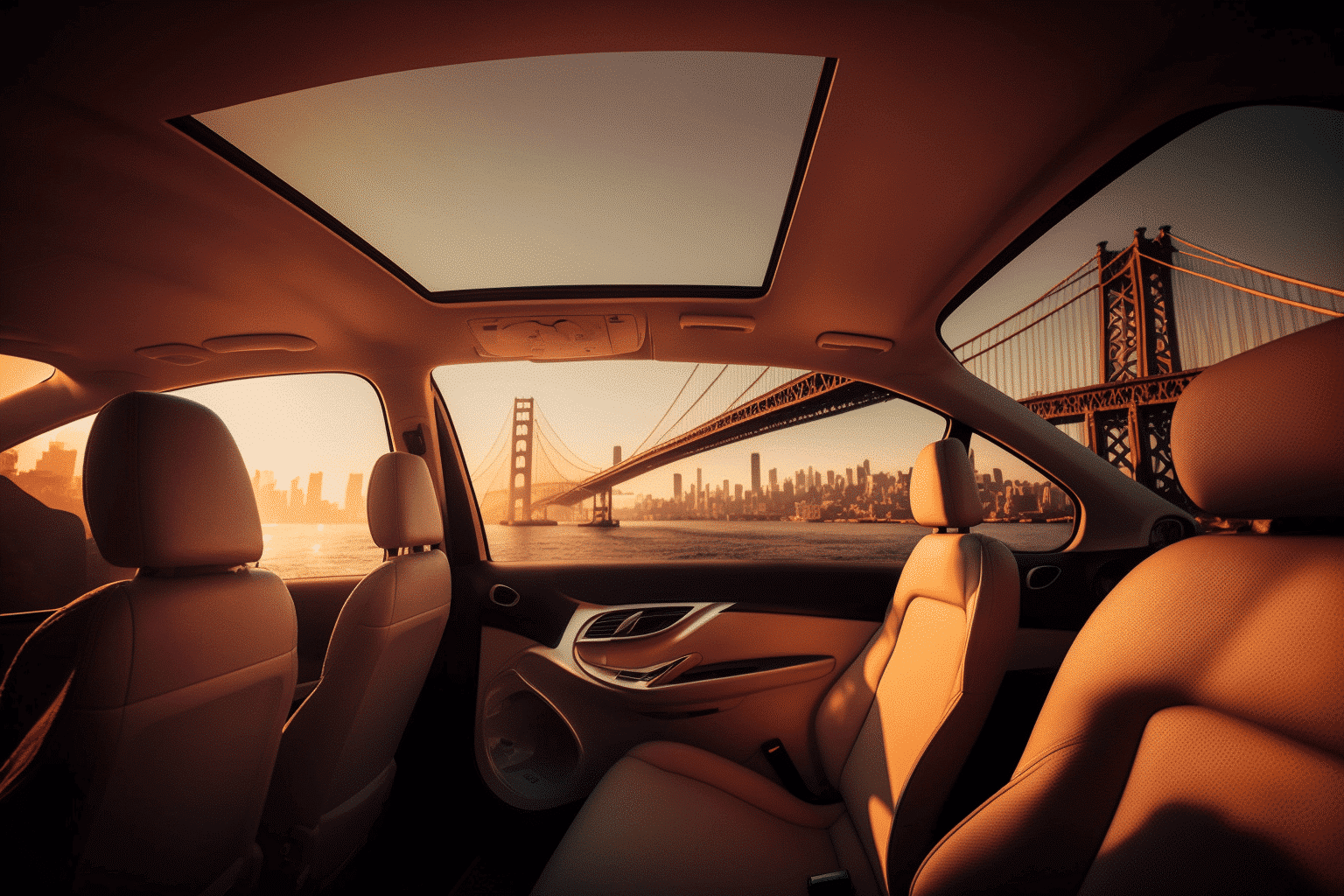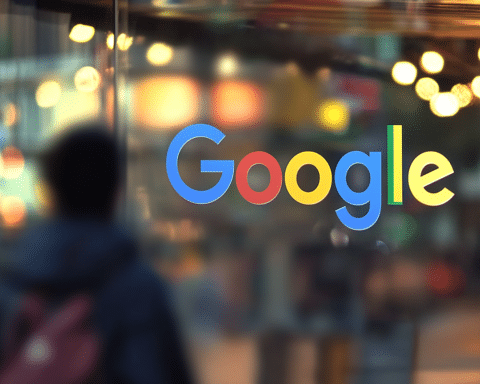General Motors’ subsidiary Cruise and Google’s spinoff Waymo are looking to take autonomous driving to the next level by seeking regulatory approval to transport passengers in vehicles without drivers in San Francisco. If they receive approval, San Francisco would become the first U.S. city with two totally driverless ride-hailing services competing against Uber, Lyft, and traditional taxis.
Cruise and Waymo’s Autonomous Vehicle Services
Cruise has been charging for driverless rides in less congested parts of San Francisco during nighttime hours since June 2021. Meanwhile, Waymo has been offering free driverless rides in a broader swath of the city. Both companies have already covered over 1 million miles without a major accident. However, they still face potential roadblocks, such as unexpected stops that can cause traffic congestion and inconvenience or imperil public safety.
Plans For Expansion
The companies plan to expand their driverless ride-hailing services to other cities, with Cruise applying for permission to test its robotic vehicles throughout California at speeds of up to 55 miles per hour.
Expert Concerns
While the companies are excited about the potential of autonomous driving, experts and San Francisco County Transportation Authority have raised concerns about robotaxis operating in ways that cause headaches for people outside the vehicle. They cited incidents of sudden stops and blocking the right of ways for public transportation.
Public Perception Of Autonomous Driving
The public’s perception of autonomous driving is still divided. While some people are excited about the convenience and potential of driverless vehicles, others are skeptical about the safety of the technology. This is why Cruise and Waymo will have to continue to work on improving their technology and addressing the concerns of regulators and the public alike.
Potential Benefits Of Autonomous Driving
Autonomous driving has the potential to revolutionize the transportation industry. It could reduce traffic congestion, improve road safety, and provide more efficient and environmentally friendly transportation options. Additionally, driverless vehicles could help to reduce the number of cars on the road and decrease the need for parking spaces, freeing up valuable real estate in crowded cities.
Regulatory Challenges
Regulators will have to balance the potential benefits of autonomous driving with concerns about public safety and the potential impact on existing transportation services. They will also have to work with autonomous vehicle companies to establish clear rules and regulations that ensure the safe operation of these vehicles on public roads.
Cruise and Waymo’s efforts to bring driverless ride-hailing services to San Francisco are a significant step forward for autonomous driving technology. However, they still face many challenges and will have to work hard to win the trust of regulators and the public. If they can do so, they could revolutionize the transportation industry and provide a new level of convenience and efficiency for passengers.




